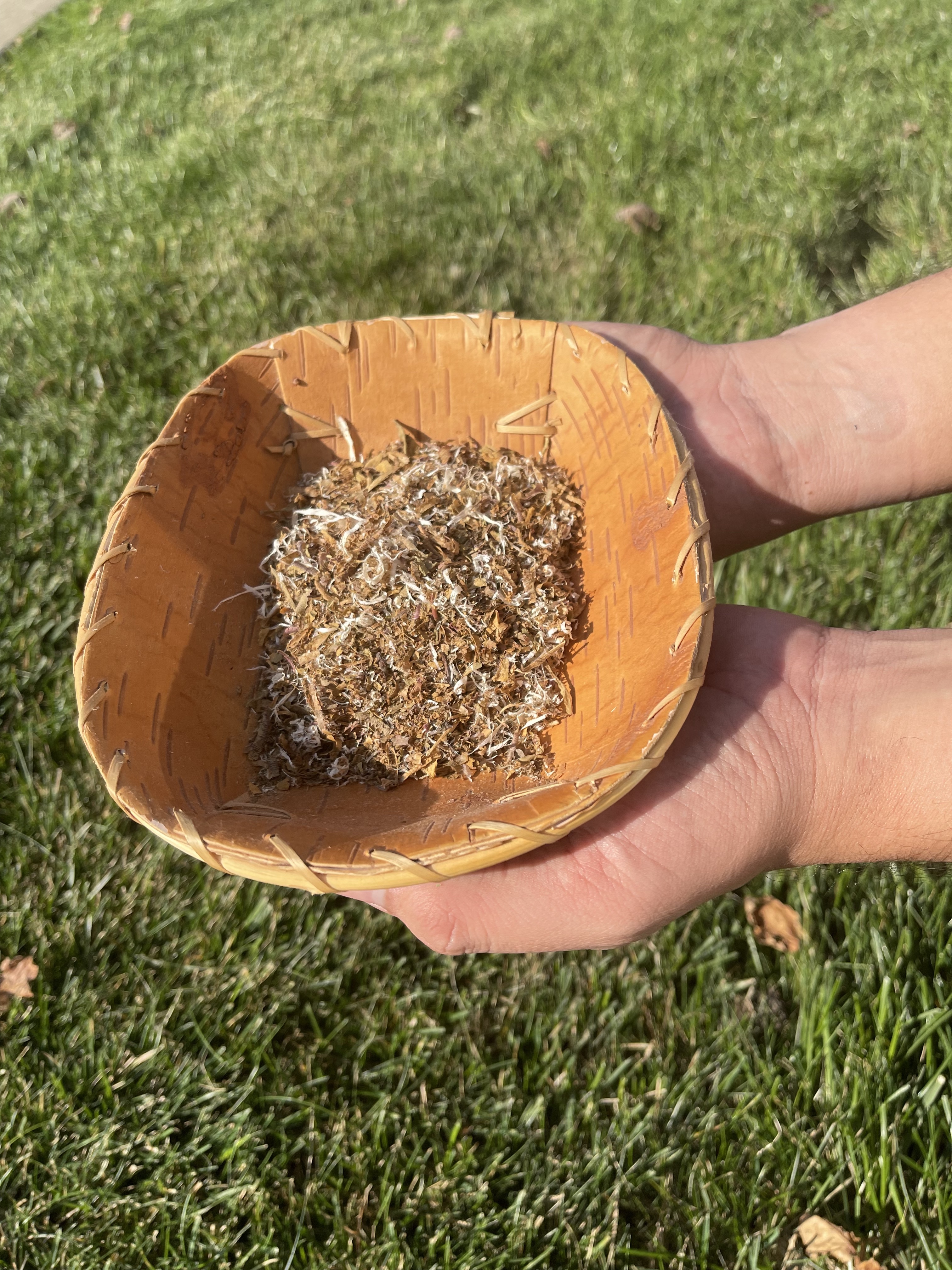Table of Contents
The long checklist of diseases that cigarette use causes are well understood and well recorded. What several people do not know is that much of this damages can be undone by quitting tobacco. Even if you have been using industrial tobacco for several years, you can still improve your health by stopping today.
Once you have made that decision, the next action is to make a strategy. Establish a day, understand your triggers (points that make you intend to smoke, such as early morning coffee, hanging out with buddies and so forth) and prepare healthy snacks and various other things to assist you through your stopped.
It is constantly handy to discuss your decision to stop with a health and wellness expert, a quit train, an Elder or perhaps a relative or close friend. Speak with someone who recognizes what you are undergoing and can give you support and assistance. Specialist "give up trains" are available by phone or instant chat, 1 day a day, on the website Quit, Now.
Cervical cancer cells drops to that of a non-smoker. Stroke threat can be up to that of a non-smoker 2-5 years after quittingin ten years Your risk of passing away from lung cancer is about half that of an individual who is still smokingin 15 years Your danger of heart problem coincides as a non-smoker If you intend to support a relative, buddy or enjoyed one with their quitting trip, below are some pointers and sources to help: Be helpful this includes no nagging or pressing the person trying to stop, Get ideas for supporting a liked one (Quit, Now)Describe these FNHA resources for more pointers:.
An Unbiased View of Curbing Smoking In Native American Communities

Tobacco is native to the Americas, including in the Pacific Northwest, where it was gathered and typically cultivated for thousands of years (cultural significance of native smokes). Introduced to Europe by Christopher Columbus, that initially saw the plant on an island in the Bahamas in October 1492, tobacco consequently was spread throughout the globe by very early maritime investors and explorers
The earliest seeds were located in a social hearth in Utah dating to regarding 12,300 years ago. It is unclear whether cigarette was smoked, chewed, or eaten in teas in these contextsthat is, the environment within which the object was found and attached tobut the existence of charred seeds in cultural features validates the terrific classical times for human tobacco use in the American West.
I met the proprietor whotold me that timber ashes made it grow large." Twenty years previously, Meriwether Lewis and William Clark had actually located that cigarette was being grown by teams they ran into during their expedition to the Pacific. Clark created on October 12, 1804, that Arikaras in the Dakotas "increase excellent quantites [sic] of corn beans & c also Tobacco for the men to Smoke." In December 1805, while wintering at Fort Clatsop, Clark bought "a Small bag of Cigarette of their very own factory" from some Chinook people, and Lewis observed on January 8, 1806, that "the Clatsops Chinnooks and others living in the coast and country in this area, are exceedingly keen on smoking cigarette." Cigarette smoking was a component in important decision-making events, Clark composed, and tobacco was "indispenceable [sic] in those instances." Throughout their trip, participants of the expedition traded cigarette for food and other basics.
, used tobacco. When guys met on a route, for example, one would treat the other to his cigarette and the 2nd would certainly reciprocate.
Excitement About Equity In Tobacco And Vapor Product Prevention And Control
Three websites in the Fort Rock and Silver Lake containers in Oregon have pipelines dating from regarding 5,600 and 3,600 years back. Pipes from a website in California's Tulelake subbasin, which remains in the Klamath Basin, are from contexts dating more than 5,000 years of ages. Pipes have actually also been located in much even more recent websites.
Native communities continue to regard tobacco as a spiritual aspect. Commercial cigarette is extensively utilized, however some tribes are currently cultivating the neighborhood varieties used by their ancestors. Practices vary among tribes, who could sprinkle tobacco as part of ritual or melt it in a dish so the smoke can carry petitions to the Creator.
In comparison to the modern-day organization of tobacco with death and illness, tobacco is a symbol for tranquility and healing amongst numerous American Indigenous areas, where its traditional association with calm arrangement, with medicine, and with prayer continues to be solid.
According to the Centers for Illness Control and Avoidance - cultural significance of native smokes, American Indians/Alaska Natives have a higher danger of experiencing tobacco-related illness and fatality due to a greater frequency of smoking contrasted to all various other racial/ethnic groups in the U.S. Yet, American Indian/Alaska Native individuals are understudied in tobacco study, Epperson claimed
4 Easy Facts About History Of Tobacco Explained
They found that 65% of participants thought NAS was owned by American Indians and/or expanded on tribal lands. Among current cigarette smokers in the research, beliefs of an American Indian/Alaska Native affiliation were linked with misperceptions of NAS being a much healthier cigarette and with a greater intent to purchase the brand name.

"There is an usual American Indian theme connecting the land and the people. American Indians are checked out as in touch with nature, engaging in natural practices.